Peaceful Settlement of Disputes in International Law
🌍 Peaceful Settlement of Disputes in International Law
🔹 1. Introduction
International law promotes the peaceful coexistence of nations. One of its fundamental principles is the peaceful settlement of disputes between states. It reflects the idea that international disputes should be resolved without resorting to force or aggression, ensuring global peace, order, and cooperation.
🔹 2. Definition
Peaceful settlement of disputes refers to the various legal, diplomatic, and political methods through which states resolve conflicts or disagreements without using armed force.
🔹 3. Objectives
To maintain international peace and security.
To prevent escalation into war or armed conflict.
To protect sovereignty, equality, and independence of states.
To encourage friendly relations among nations.
🔹 4. Methods of Peaceful Settlement
| Method | Description |
|---|---|
| Negotiation | Direct discussions between states to reach a mutually acceptable solution. |
| Mediation | A third party helps facilitate an agreement but does not impose one. |
| Conciliation | A neutral party investigates the dispute and suggests a non-binding solution. |
| Arbitration | A binding decision is made by a neutral tribunal based on arguments and evidence. |
| Judicial Settlement | A legal dispute is referred to a permanent court, such as the International Court of Justice (ICJ). |
| Inquiry | A fact-finding mechanism to clarify the facts of the dispute. |
| Good Offices | A third party provides diplomatic support to help parties start negotiations. |
🔹 5. Key Case Law Illustrations
⚖️ 1. Corfu Channel Case (United Kingdom v. Albania) – 1949
Dispute: British warships were damaged by mines in Albanian waters.
Method Used: Judicial settlement before the International Court of Justice (ICJ).
Outcome: ICJ held Albania responsible for failing to warn about the mines.
Significance: Demonstrated the use of judicial forums to peacefully resolve disputes between sovereign states.
⚖️ 2. North Sea Continental Shelf Cases (Germany v. Denmark & Netherlands) – 1969
Dispute: Delimitation of the continental shelf boundaries in the North Sea.
Method Used: Judicial settlement (ICJ).
Outcome: The Court promoted equitable principles in resolving boundary disputes.
Significance: Affirmed that even complex territorial disputes can be peacefully resolved.
⚖️ 3. Gulf of Maine Case (Canada v. United States) – 1984
Dispute: Maritime boundary delimitation in the Gulf of Maine.
Method Used: Arbitration through a special chamber of the ICJ.
Outcome: Boundary was drawn fairly; both parties accepted the decision.
Significance: Highlighted effective use of arbitration in peaceful dispute resolution.
⚖️ 4. Rainbow Warrior Case (New Zealand v. France) – 1986–1990
Dispute: French agents sank Greenpeace’s ship in New Zealand; conflict over justice and compensation.
Method Used: Arbitration.
Outcome: France admitted responsibility and compensated New Zealand.
Significance: Emphasized state accountability and peaceful resolution even after acts of aggression.
🔹 6. Principles Underlying Peaceful Settlement
| Principle | Meaning |
|---|---|
| Sovereign Equality | All states, regardless of size or power, have equal rights in dispute resolution. |
| Non-Intervention | External powers must not interfere in domestic matters while resolving disputes. |
| Consent of Parties | A state must consent to the method or forum used for settlement. |
| Good Faith | States are expected to engage sincerely in resolving disputes. |
🔹 7. Advantages of Peaceful Settlement
Prevents war and loss of life
Upholds international law
Preserves diplomatic and economic relations
Strengthens the authority of international institutions
🔹 8. Challenges and Limitations
| Challenge | Explanation |
|---|---|
| Lack of enforcement mechanisms | International courts have limited power to enforce judgments. |
| Consent requirement | A state cannot be forced to participate in dispute resolution. |
| Political resistance | Powerful states may avoid legal forums to protect interests. |
| Delay and complexity | Legal procedures can be time-consuming and expensive. |
🔹 9. Conclusion
The peaceful settlement of disputes is essential for international harmony. Despite challenges, international courts, tribunals, and diplomacy have successfully resolved many serious conflicts.
⚖️ The key to peace lies not in the absence of conflict, but in the will to resolve it through law and dialogue, not force.


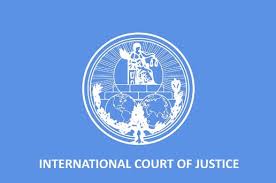

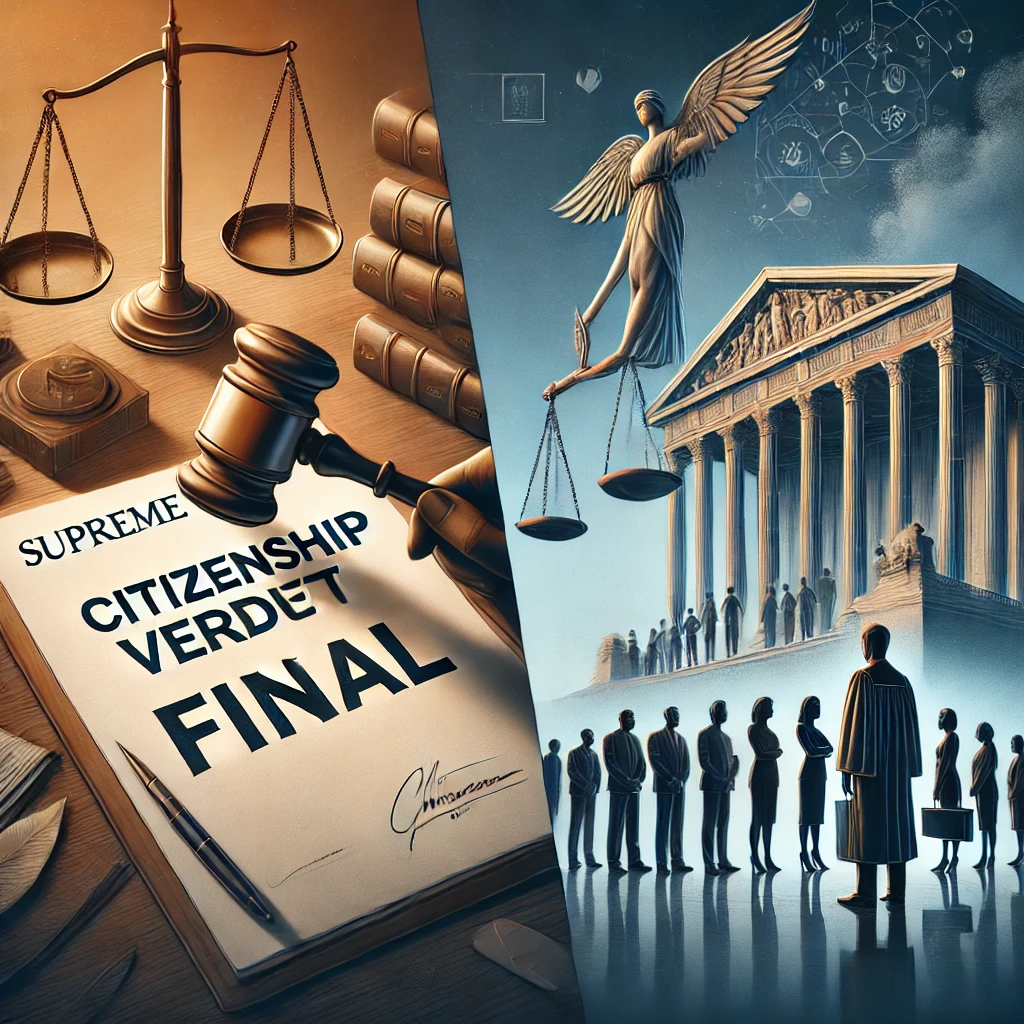
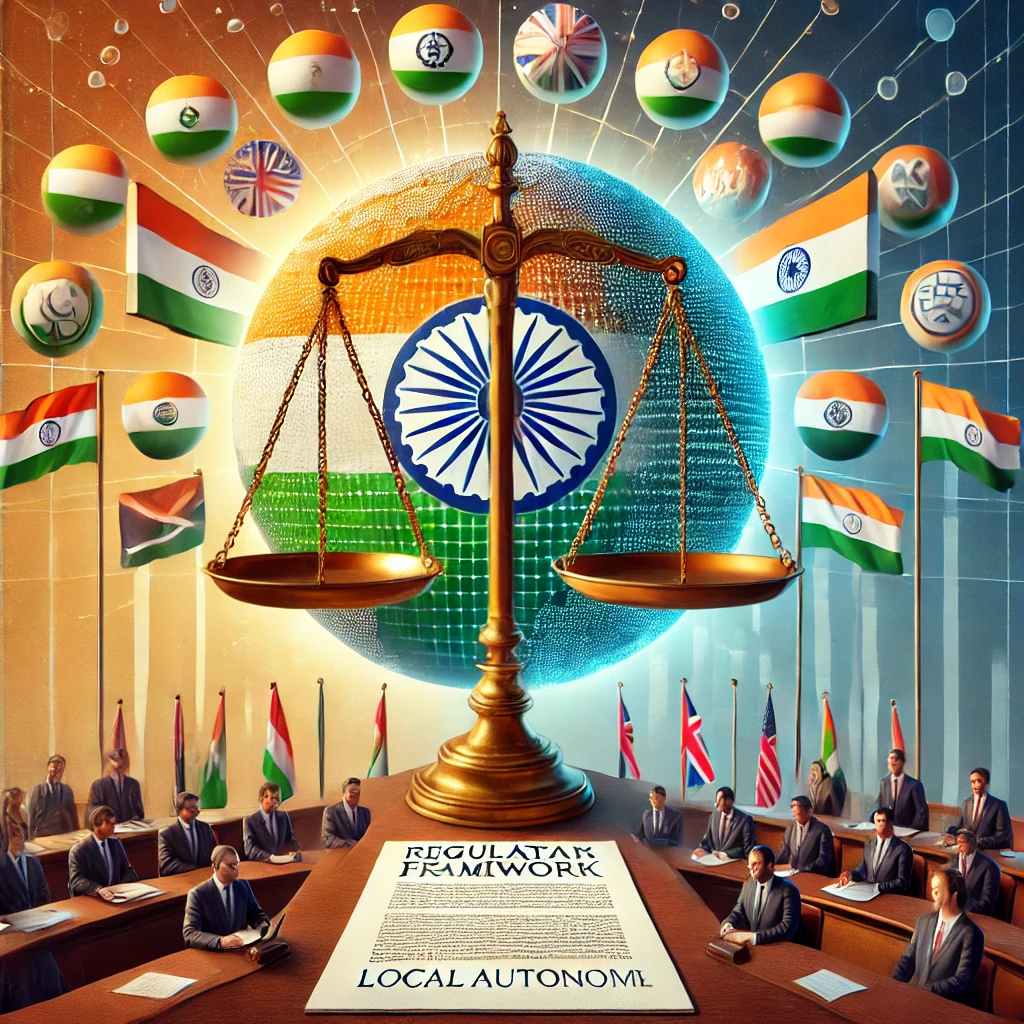














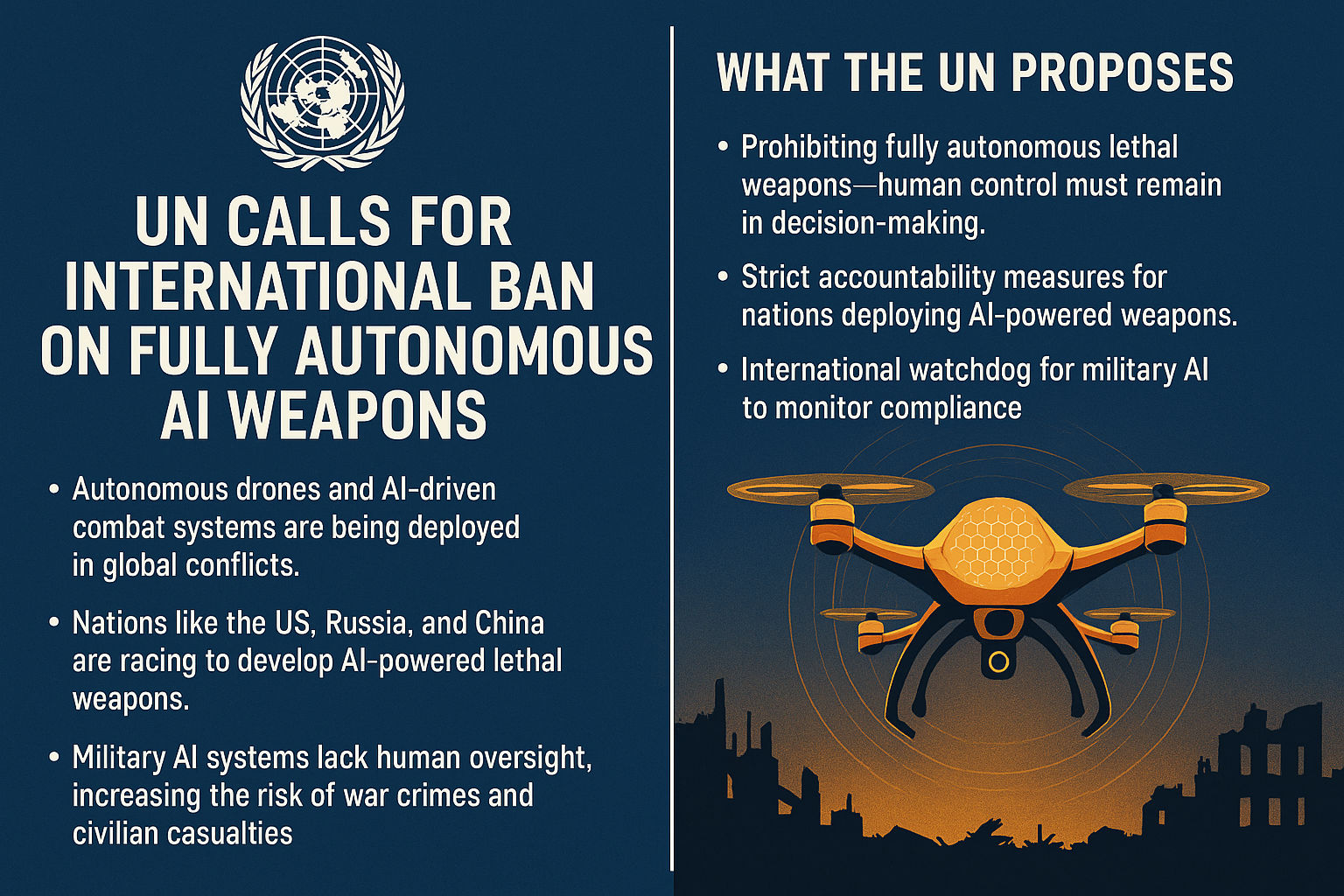

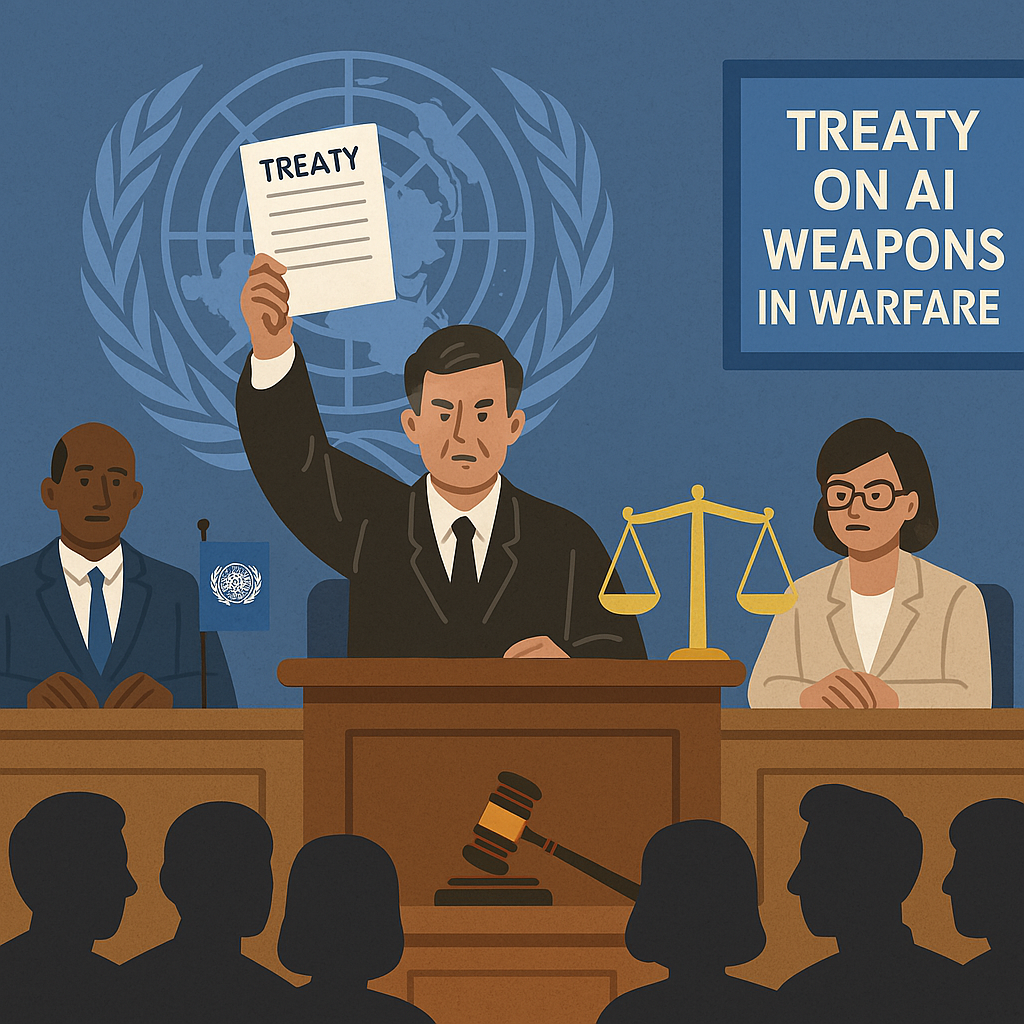

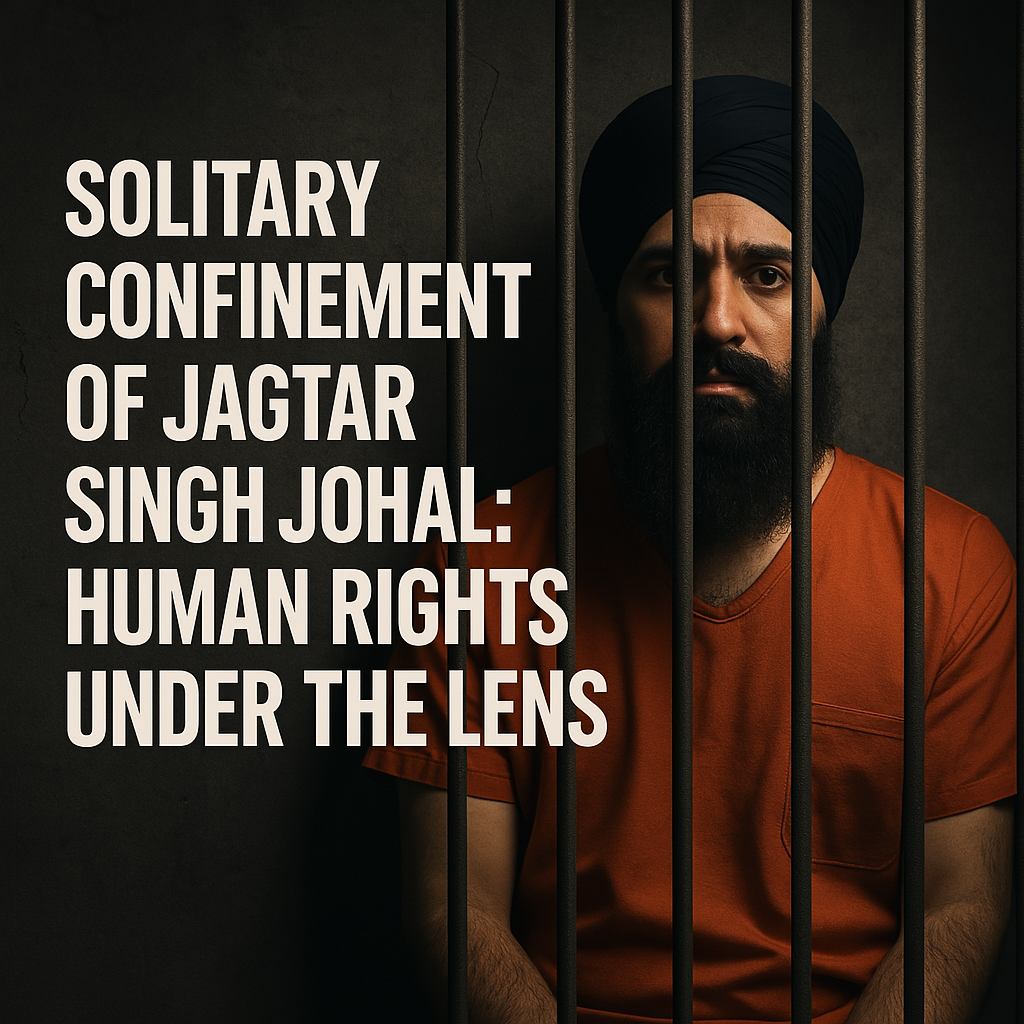

0 comments